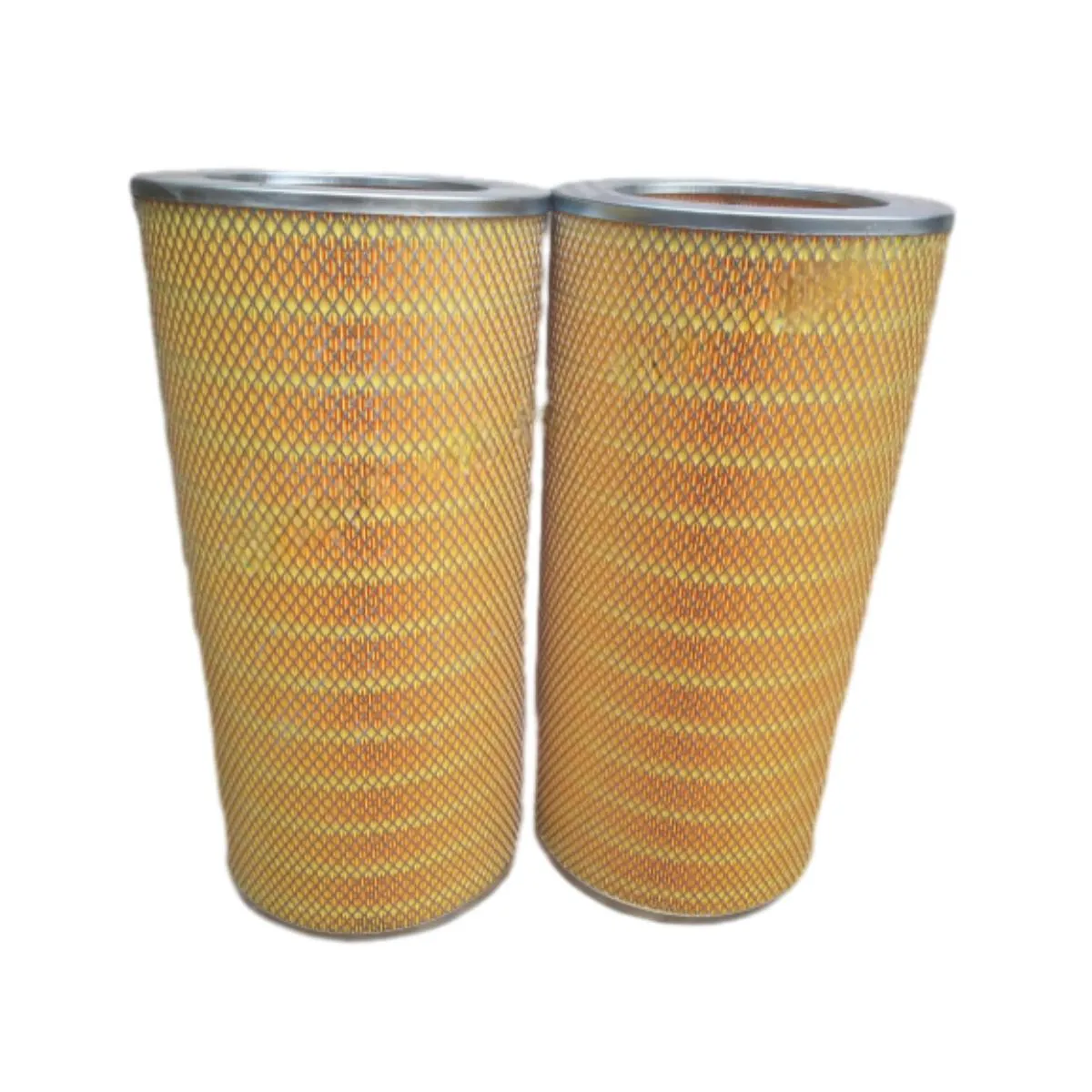 Tel:
+8615930870079
Tel:
+8615930870079
Aug . 18, 2024 05:30 Back to list
Efficient Cellulose Air Filter Cartridge for Enhanced Vehicle Air Quality and Performance
The Importance of Cellulose Air Filter Cartridges
Air filtration has become an essential topic in recent years as air quality issues have gained increasing attention worldwide. One innovative solution that has emerged in this arena is the cellulose air filter cartridge. This technology is not only effective at capturing airborne particles but also comes with environmental benefits and cost efficiencies.
Cellulose, a natural polymer derived from plant cell walls, is one of the most abundant organic compounds on Earth. Due to its fibrous structure, cellulose is particularly adept at trapping dust, pollen, pet dander, mold spores, and other airborne contaminants. This makes cellulose air filter cartridges ideal for residential, commercial, and industrial applications.
One of the primary advantages of cellulose air filter cartridges is their ability to provide an efficient filtration system while being environmentally friendly. Unlike many synthetic filter materials that can take years to decompose, cellulose is biodegradable. When these filters are disposed of, they break down naturally, reducing the burden on landfills and contributing to a more sustainable waste management system.
In terms of performance, cellulose air filters are designed to capture a broad spectrum of particulate matter. The cellulose fibers create a dense yet porous network, which increases the filter's surface area and improves its filtration efficiency. This structure enables cellulose filters to capture fine particles while allowing adequate airflow, ensuring that HVAC systems and air purifiers operate efficiently without being overburdened.
cellulose air filter cartridge

Another significant benefit of cellulose air filter cartridges is their cost-effectiveness. They are often less expensive than synthetic alternatives, making them an attractive option for both consumers and businesses looking to manage expenses. Additionally, cellulose filters can be replaced less frequently than less efficient filters, leading to further savings in maintenance costs.
In environments that require stringent air quality standards, such as hospitals, laboratories, and manufacturing facilities, cellulose air filter cartridges can be optimized with additional treatments. For example, some manufacturers treat the cellulose with antimicrobial agents to inhibit the growth of bacteria and mold within the filter itself. This not only enhances air quality but also extends the filter's lifespan.
Despite their numerous advantages, it's important to understand the limitations of cellulose air filter cartridges. While they excel in trapping larger particles, they may not be as effective in capturing certain smaller particulates, such as some viruses or ultra-fine dust. Therefore, for applications requiring high levels of air purity, it may be necessary to pair cellulose filters with HEPA (High-Efficiency Particulate Air) filters or other advanced filtration technologies.
Regular maintenance and replacement are also critical components of an effective air filtration system. Over time, cellulose air filter cartridges can become clogged with captured particles, reducing their efficiency and airflow. It’s advisable to follow manufacturer guidelines regarding replacement schedules to ensure optimal performance and air quality.
In conclusion, cellulose air filter cartridges offer a blend of efficiency, cost-effectiveness, and environmental sustainability. By leveraging the natural properties of cellulose, these filters provide a viable solution for enhancing air quality across various settings. As awareness of the importance of clean air continues to grow, investing in cellulose air filter technology presents an opportunity for individuals and organizations to contribute to a healthier, greener future.
-
Types and Applications of Air Filtration CartridgesNewsJul.28,2025
-
The Role of Gas Turbine FiltersNewsJul.28,2025
-
Mastering Air Filter Cartridge UseNewsJul.28,2025
-
Advanced Turbine Filters for Modern Gas TurbinesNewsJul.28,2025
-
Cellulose Air Filter Cartridge Advantages in Dust FiltrationNewsJul.28,2025
-
Cellulose Filters for Air Particle ReductionNewsJul.28,2025

 Email:
Email:





